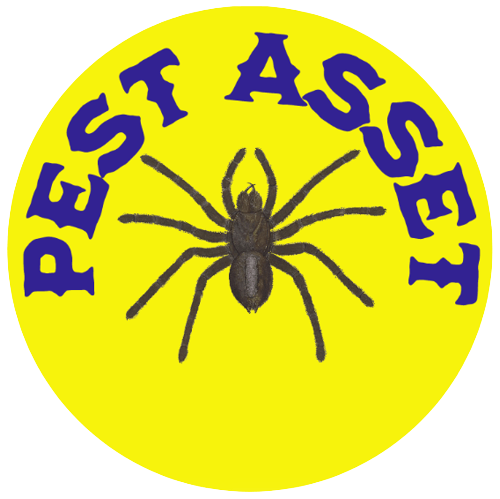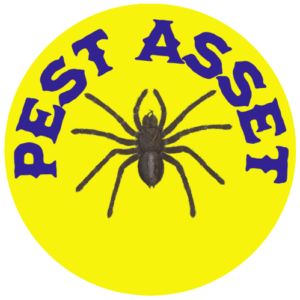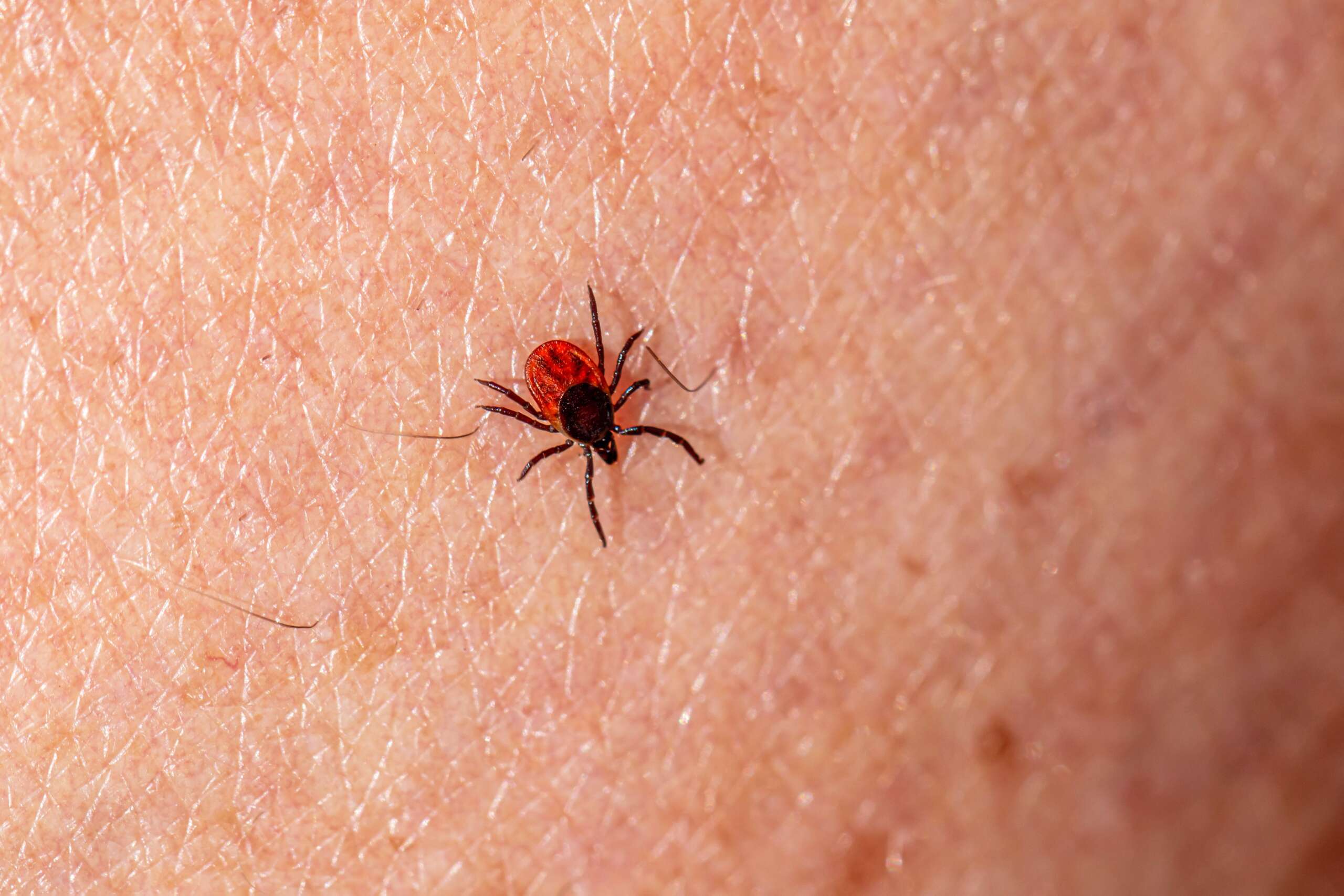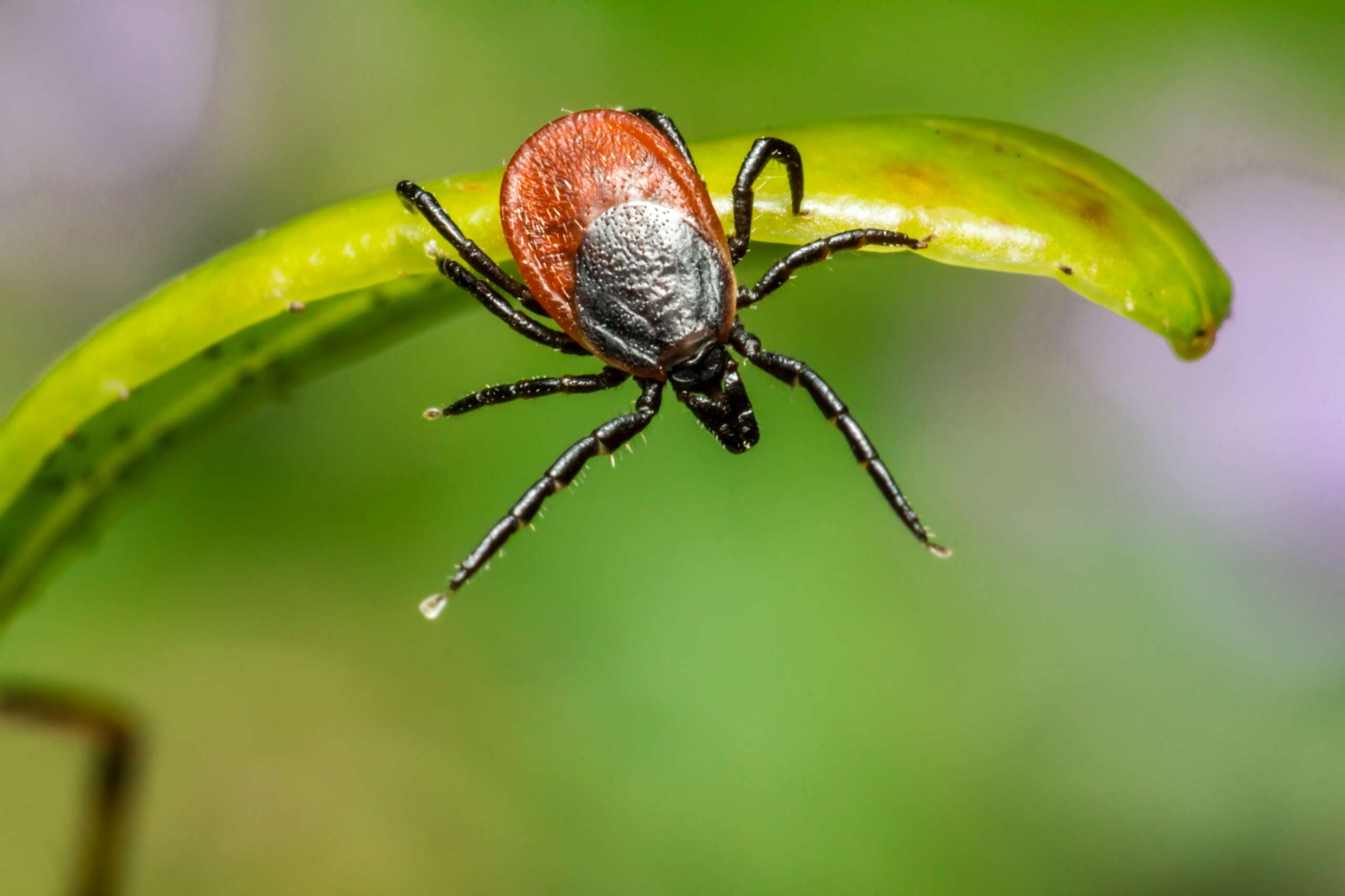If you’ve ever spent time near Lake Erie in Northeast Ohio, chances are you’ve encountered midges, those tiny, flying insects that seem to swarm around the lake. Despite their small size, these insects can have a big impact on the local environment and the people who live and work there. In this article, we’ll explore the world of midges in Northeast Ohio and Lake Erie, including what they are, why they’re so prevalent in the area, and what impact they have on the ecosystem.
What are Midges?
Midges are small, flying insects that belong to the family Chironomidae. They are often mistaken for mosquitoes, but they are actually harmless and do not bite or sting. Midges are found in freshwater habitats, such as lakes, ponds, and rivers, and they play an important role in the aquatic food web.
Why are Midges So Prevalent in Northeast Ohio/Lake Erie?
One of the reasons midges are so prevalent in Northeast Ohio and around Lake Erie is the abundance of suitable breeding habitats. Midges lay their eggs in aquatic environments, and the nutrient-rich waters of the lake provide ideal conditions for their growth and development. In addition, the warm summer months create the perfect climate for midge populations to thrive.
The Impact of Midges on the Ecosystem
While midges may be a nuisance to humans, they actually play an important role in the ecosystem. Midges are an important food source for many fish and other aquatic organisms, and they help to break down organic matter in the water. Without midges, the aquatic food web would be disrupted, and the water quality could suffer.
Midge Control in Northeast Ohio/Lake Erie
Although midges are harmless to humans, their swarming behavior can be a nuisance, especially in residential areas. There are a few strategies that can be used to control midge populations in Northeast Ohio and around Lake Erie. One option is to use insecticides, although this can be harmful to other insects and wildlife in the area. Another option is to use physical barriers, such as screens or netting, to keep midges out of homes and buildings.
Tips for Dealing with Midges
If you’re spending time near Lake Erie or in Northeast Ohio during midge season, there are a few things you can do to protect yourself from these tiny insects. Some tips for dealing with midges include:
- Wear long sleeves and pants to minimize skin exposure
- Use insect repellent on exposed skin
- Avoid outdoor activities during dawn and dusk, when midges are most active
- Use fans or other air circulation devices to keep midges away from outdoor seating areas
Conclusion
Midges may be small, but they play a big role in the aquatic ecosystem of Northeast Ohio and Lake Erie. While they can be a nuisance to humans, their presence is an important part of the local environment. By understanding more about these tiny insects and taking steps to protect ourselves from them, we can coexist with Midges in a way that benefits both us and the ecosystem.
FAQs
Do midges bite or sting?
- No, midges do not bite or sting humans. They are harmless insects.
How long do midges live?
- The lifespan of midges varies depending on the species, but most adults live for only a few days.
Are midges attracted to light?
- Yes, many species of midges are attracted to light, which is why they may gather around outdoor lighting fixtures.



